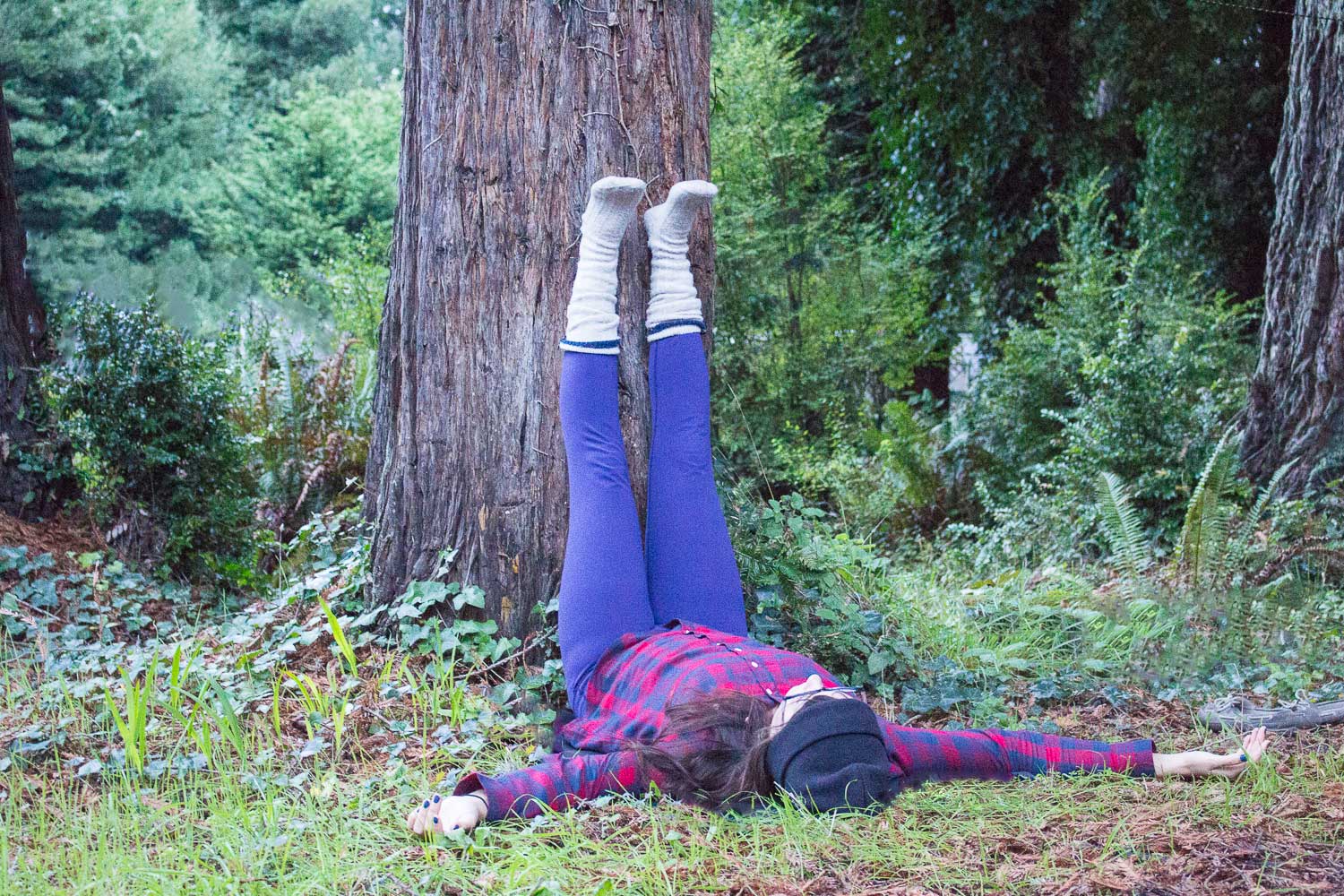Foundation Friday | Viparita Karani
Our Foundation Friday series delves into the basics of yoga—looking at its postures (asana), breath (pranayama), philosophy, and all the other essentials—giving you the foundations upon which to build a solid practice. Today we are exploring 'legs up the wall' pose, or Viparita Karani.
Foundation Friday | Viparita Karani
Viparita Karani
Viparita, inverted or turned around
Karani, action
One of the most gentle and nurturing ways to care for yourself is through restorative yoga, a passive form of practice that invites the use of props alongside long-held postures to facilitate subtle opening and overall relaxation of the body. In the case of viparita karani, the wall is your prop! This pose is a passive inversion and holds the same benefits of many other active poses in the same category.
Benefits of Viparita Karani
Legs up the Wall Pose is a restorative, relaxing and gentle inversion that has many benefits:
- Eases anxiety and stress
- Therapeutic for arthritis, headaches, high blood pressure, low blood pressure and insomnia
- Eases symptoms of premenstrual syndrome, menstrual cramps and menopause
- Relieves tired or cramped feet and legs
- Gently stretches the hamstrings, legs and lower bacK
- Relieves lower back pain
- Beneficial pose for varicose veins (takes pressure off the veins as blood is directed back to the heart)
- Calms the mind
- Grounds your back body into the earth
How do you get there?
- find a clear wall and snuggle your bum right up close to it
- swing your legs up the wall and lay flat on your back (your bum may not necessarily touch the wall when you first start, nor does it need to ever)
- you may put a foam block between you and the wall to press into if your bum isn't touching the wall
- position your legs straight up the wall and make sure your sacrum is flat on the ground
- ensure a bend in your ankles, like you were standing on the ground
- relax your arms out beside you with your palms facing up
- you may choose to use a towel under your head (just a single fold so it's not too high)
- relax into the pose for at least 1-2 minutes, although you may hold it for as long as you like
- to bring more space into your heart and lungs, you may choose to use a bolster, folded blanket, or foam blocks under your upper pelvis (hips cascading, shoulder blades on the floor)
- play around with the height of your hips, the placement of your arms, and the length of the pose to explore its benefits fully




